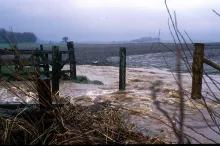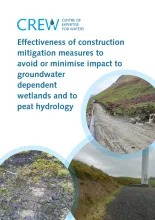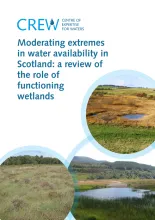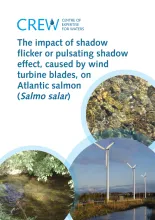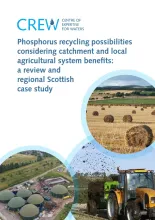The benefits beavers may bring to Scottish rivers, streams and water resources
Beavers are well known for their ability to transform the environment through dam building and other activities. This CREW report, based on evidence from 120 studies of beaver populations worldwide, provides an evidence review of the role of beavers in modifying physical processes, and the potential benefits they may bring for Scottish rivers, streams and water resources. Beavers could make important contributions to improving the condition of Scotland’s rivers, helping to improve water supply and quality as well as creating habitat, sequestering carbon and restoring rivers.
